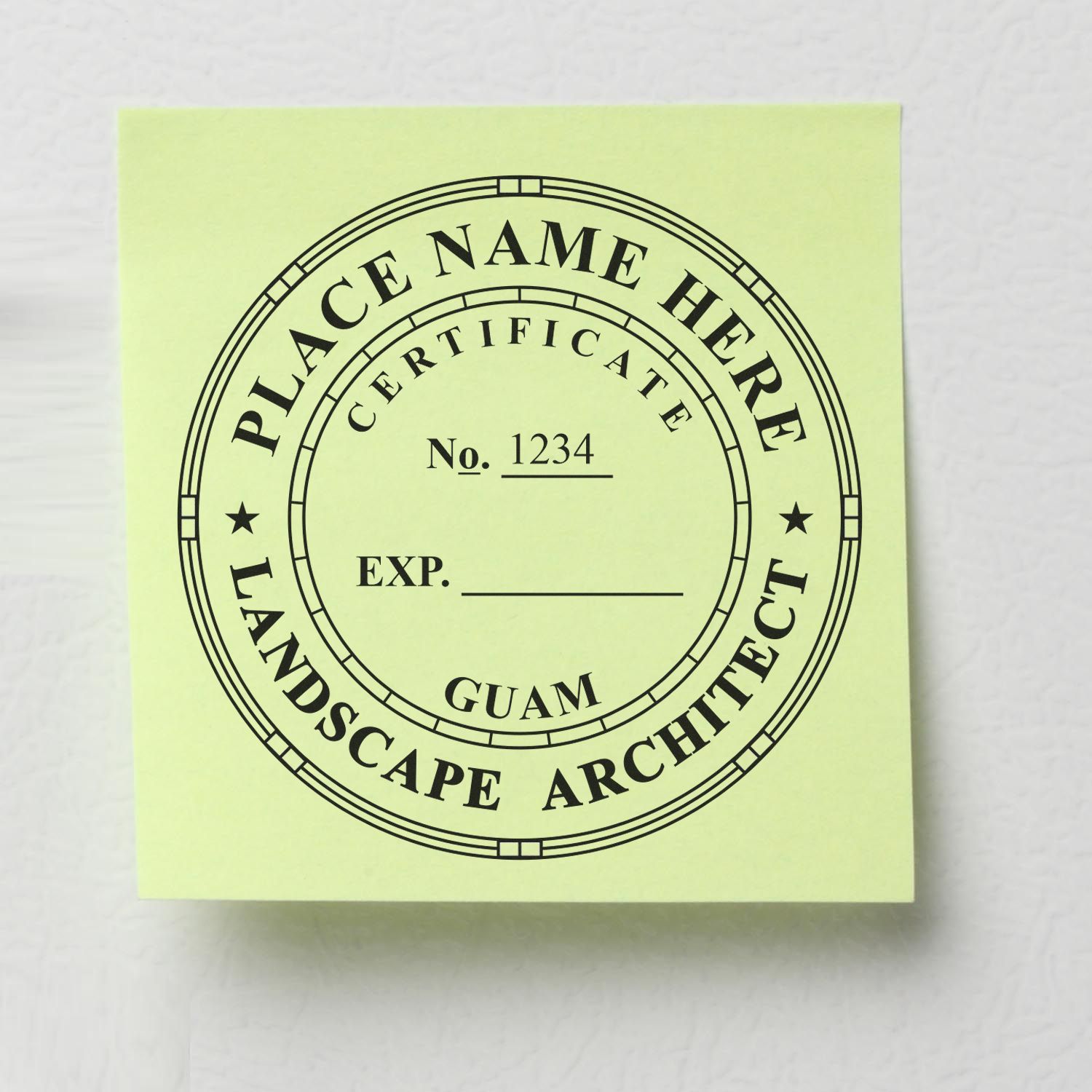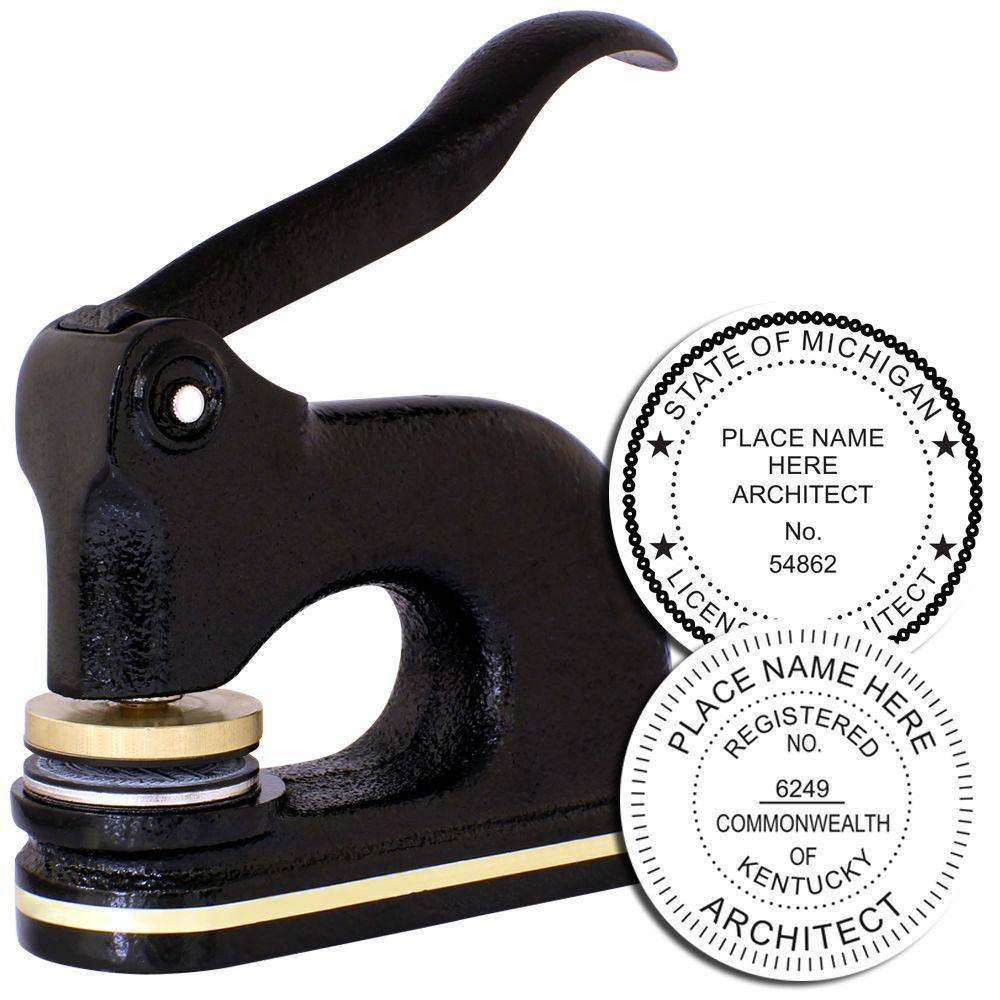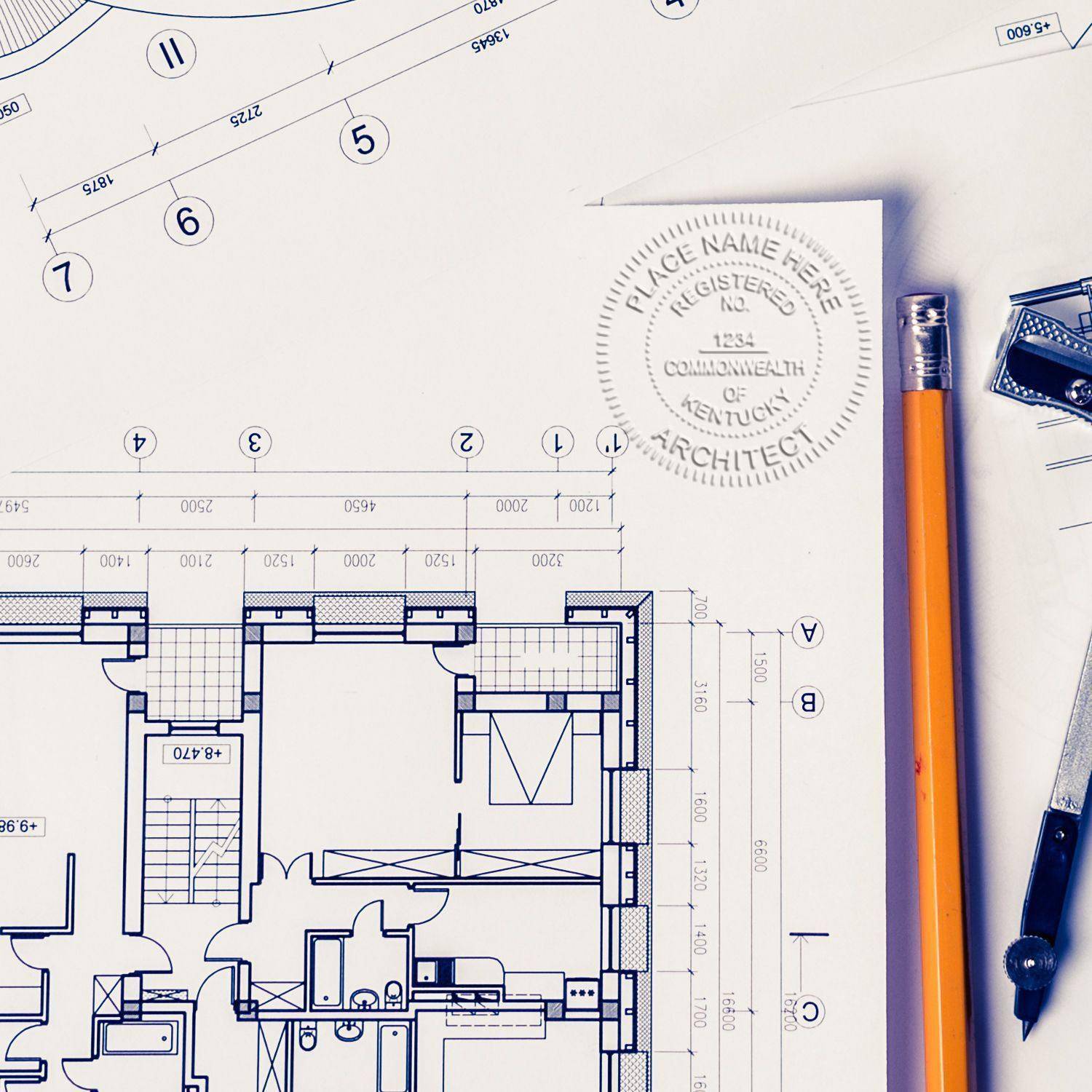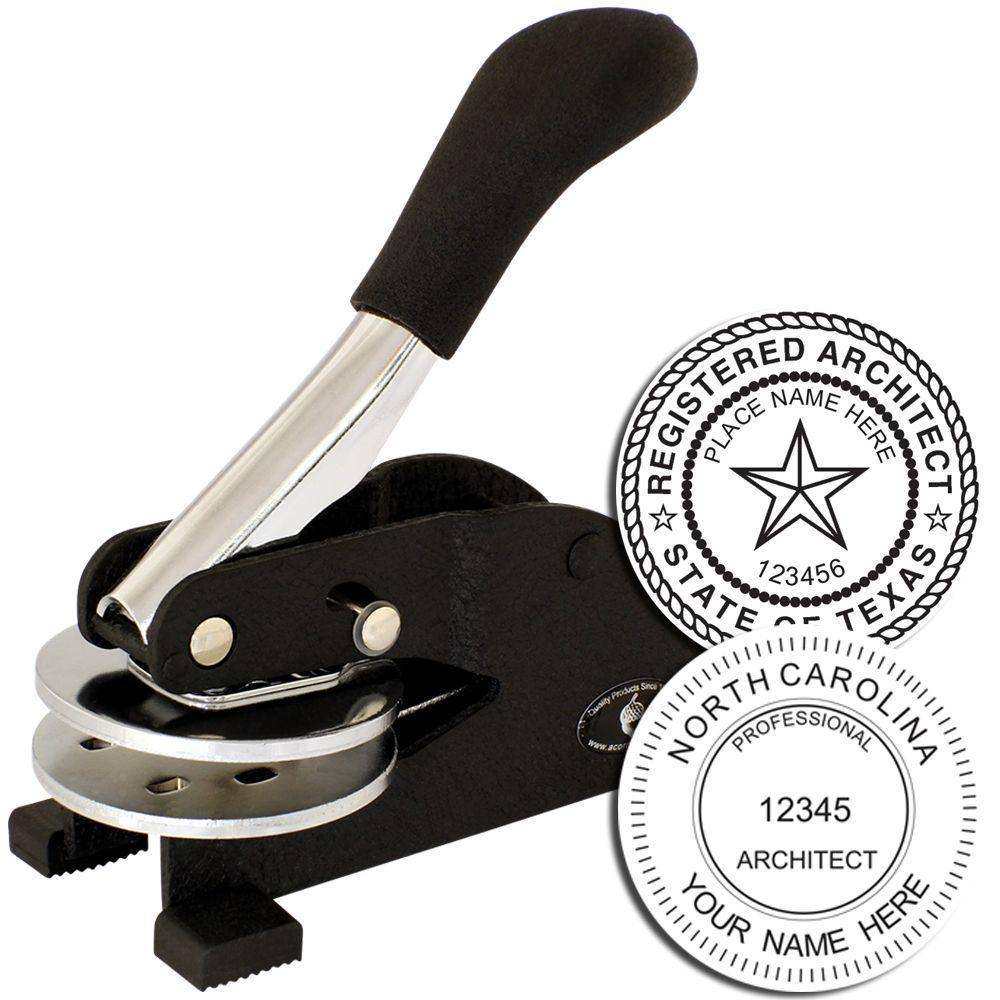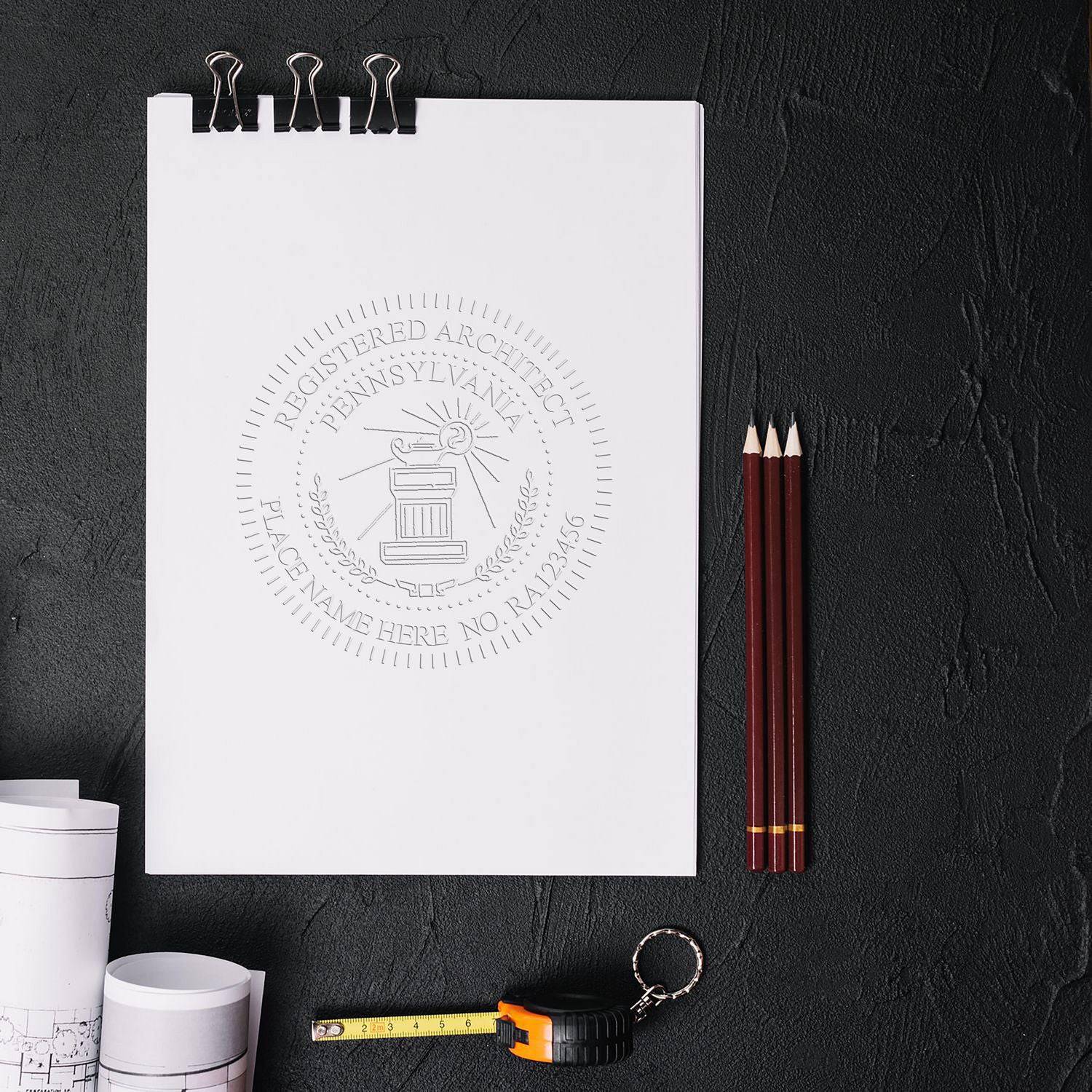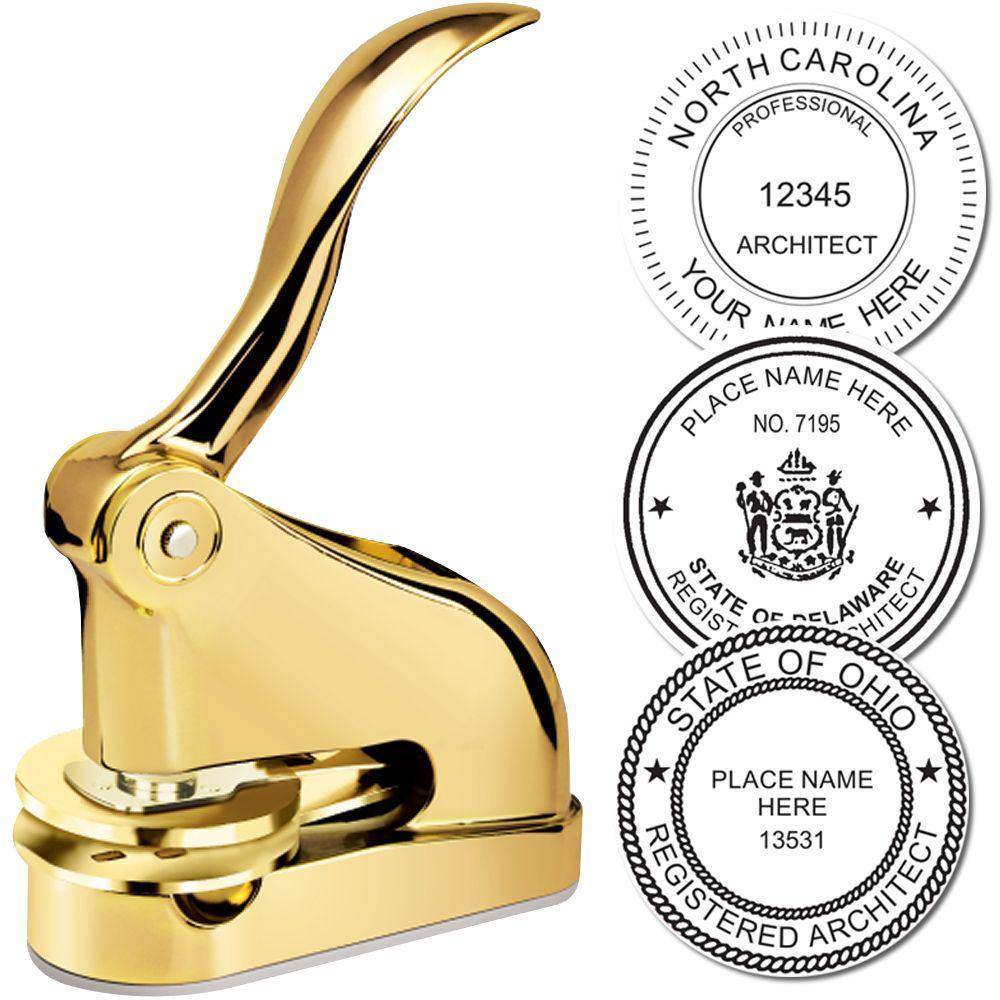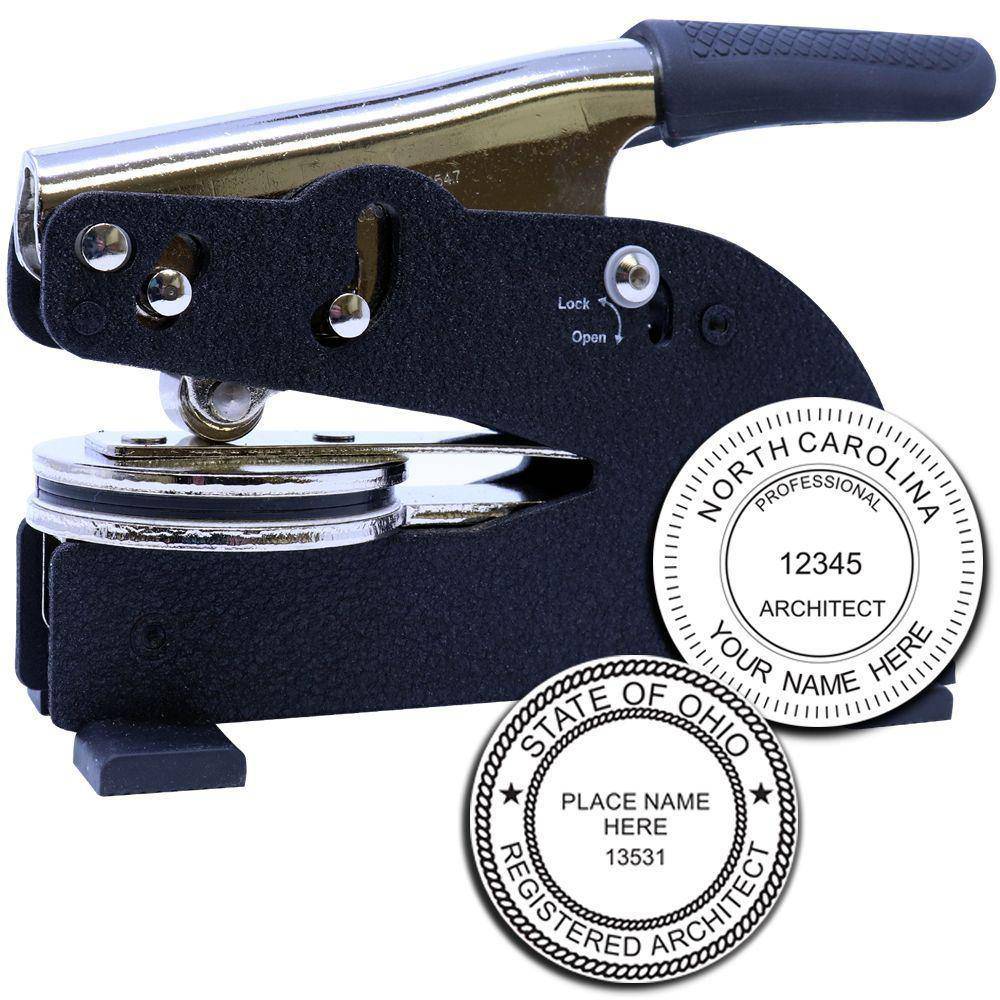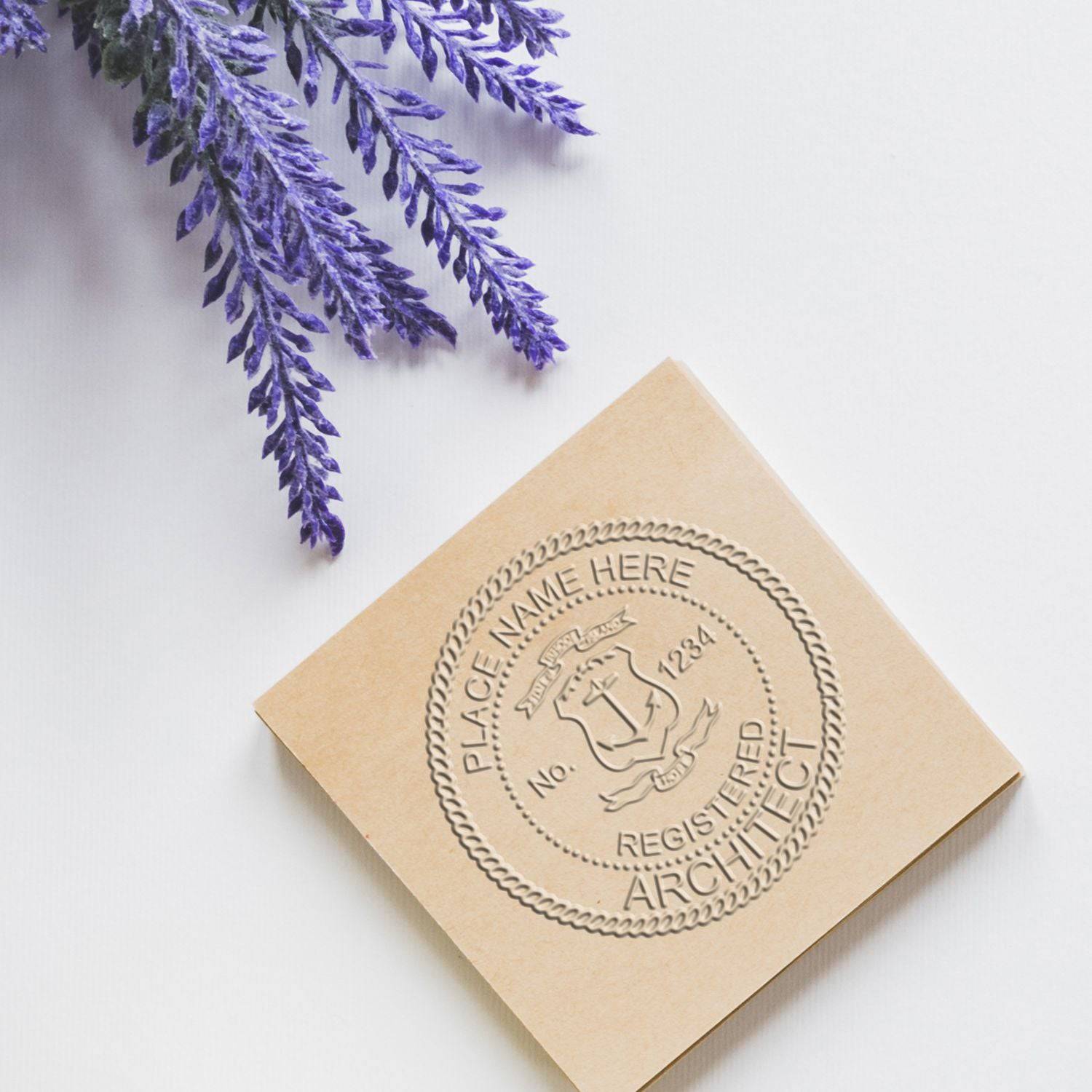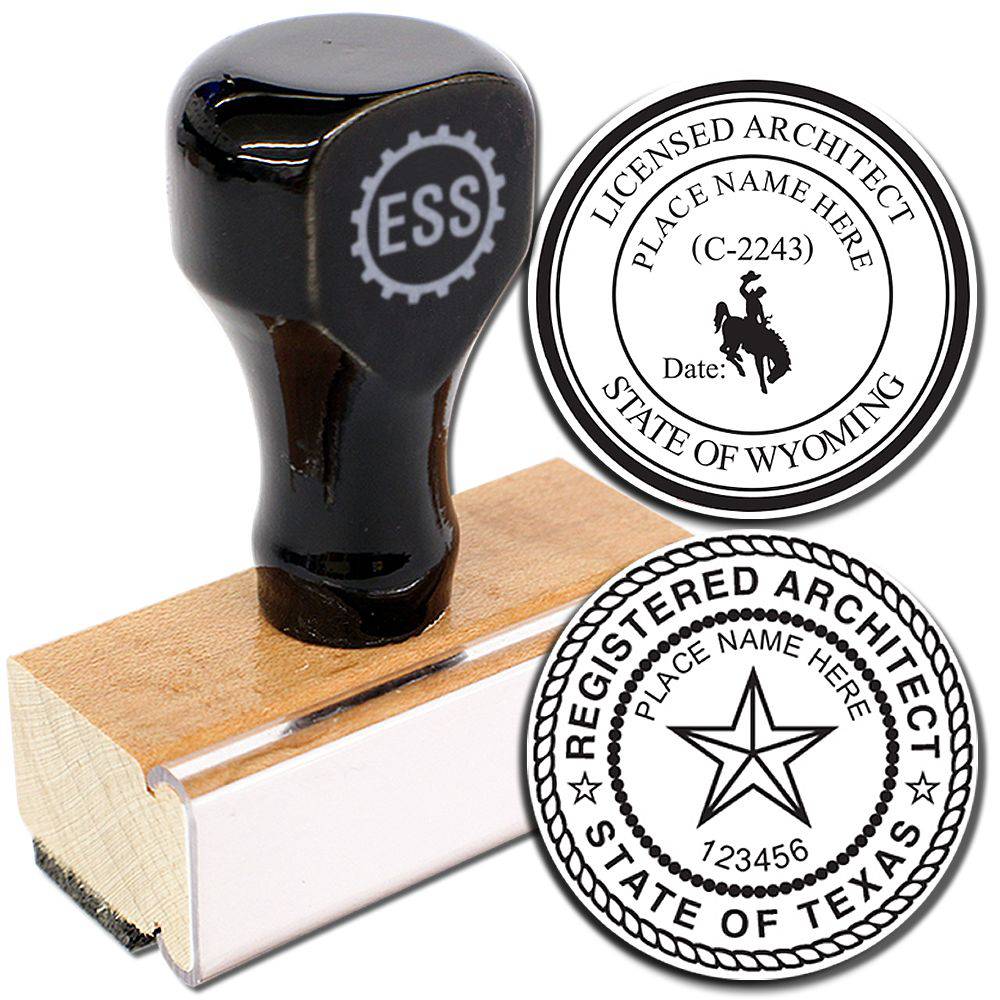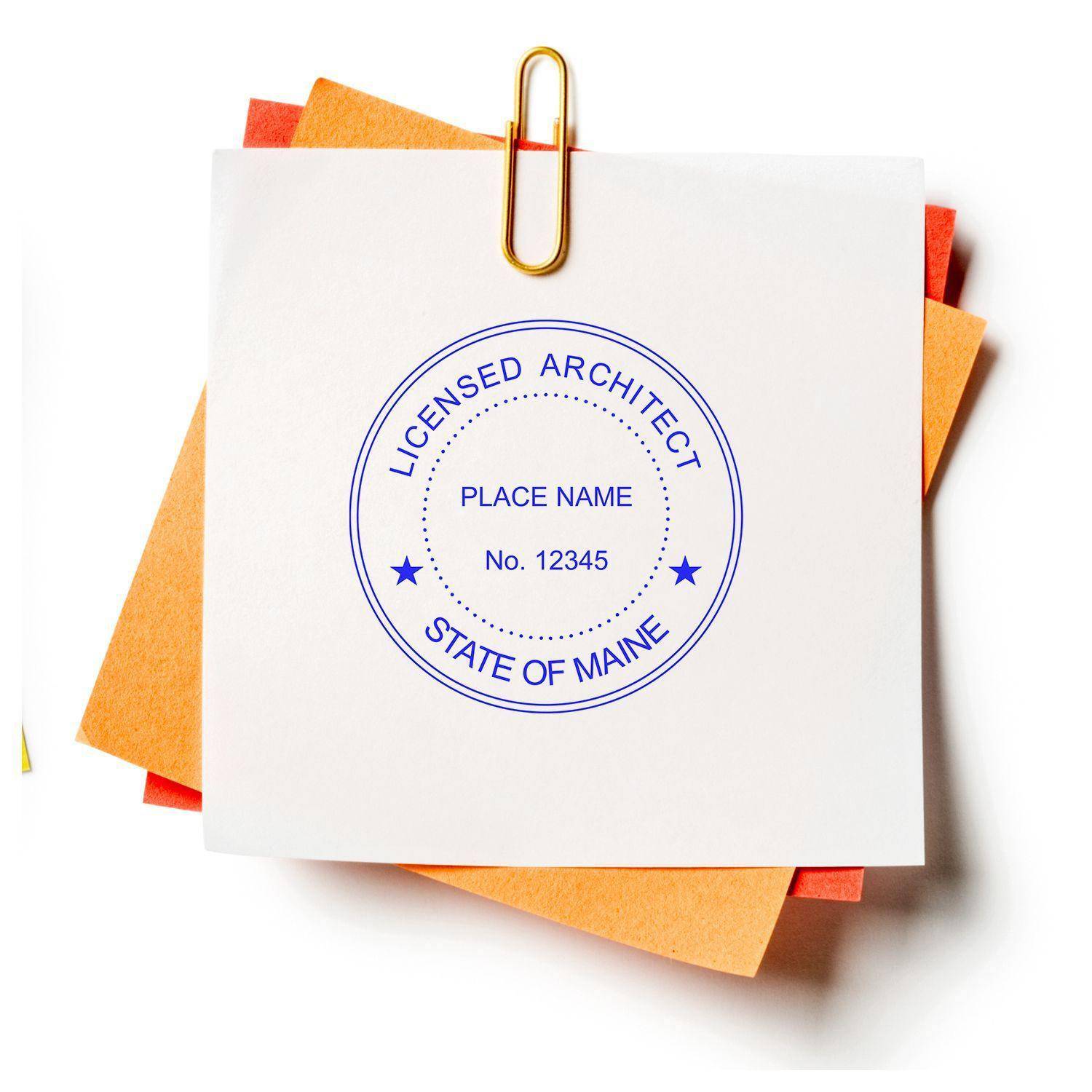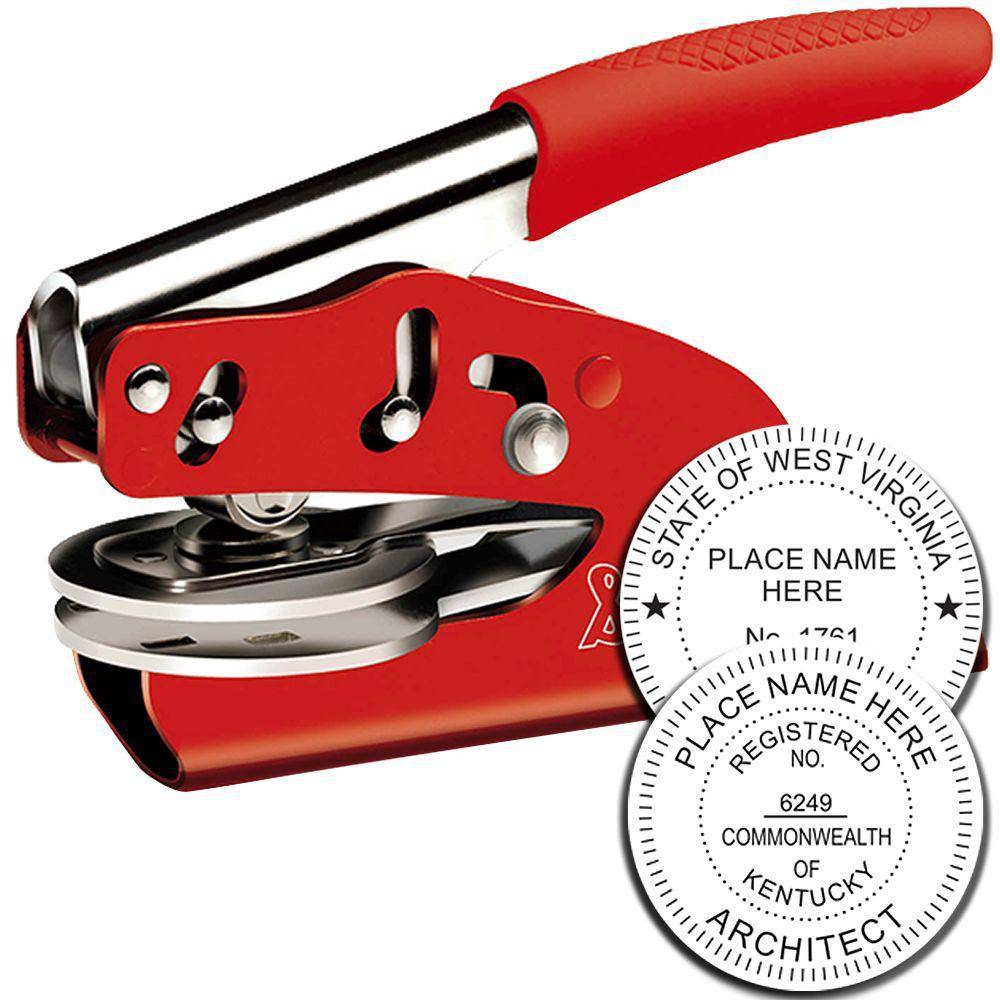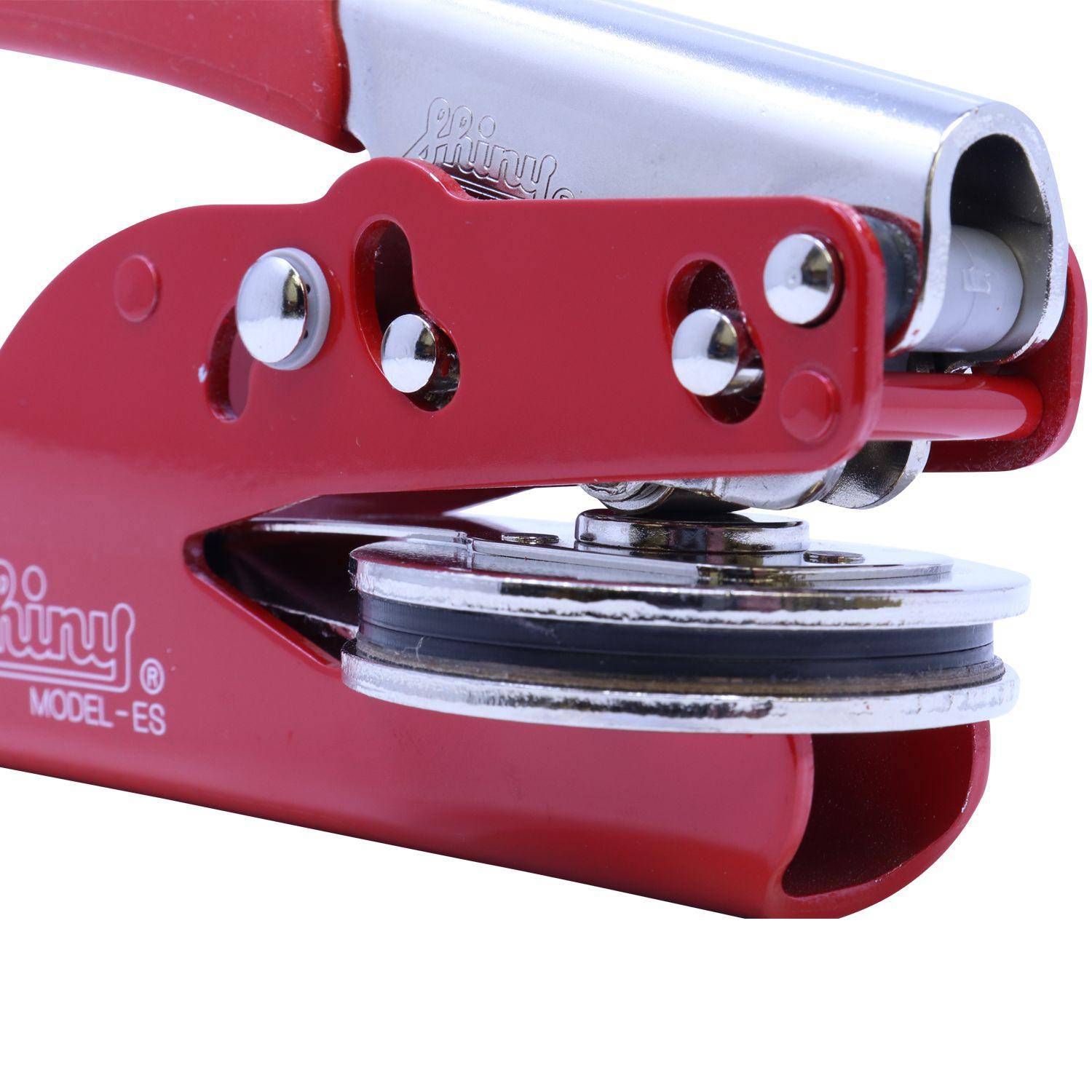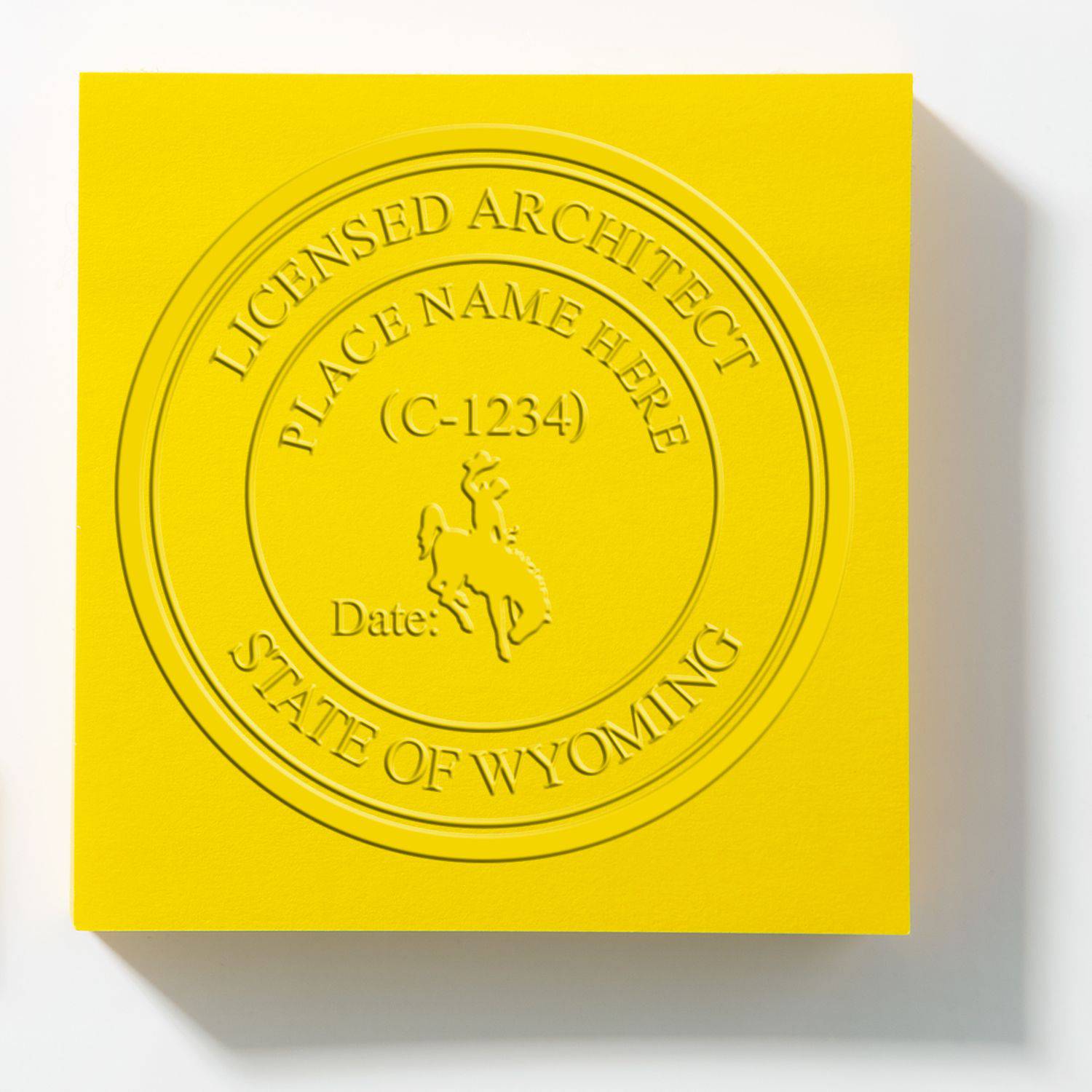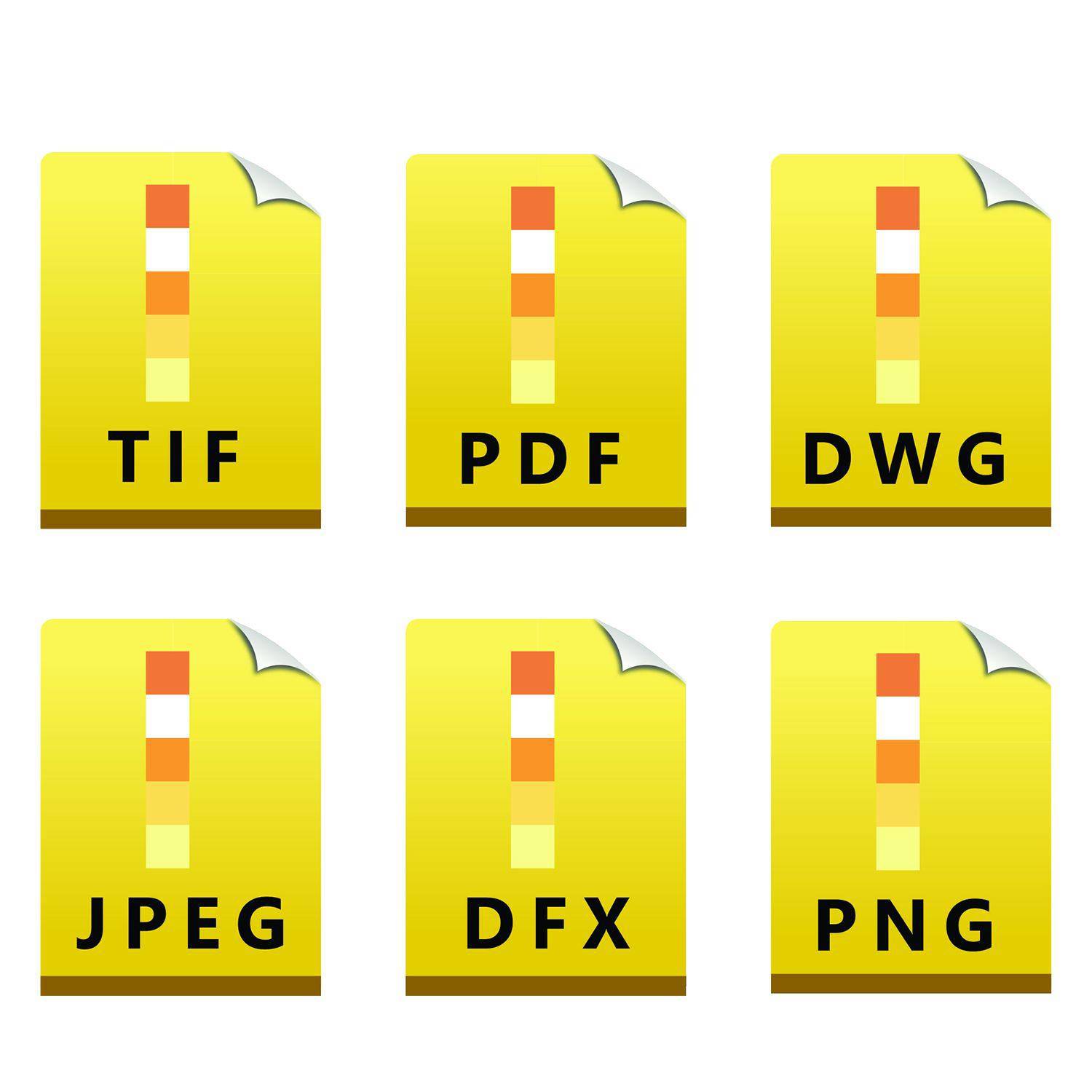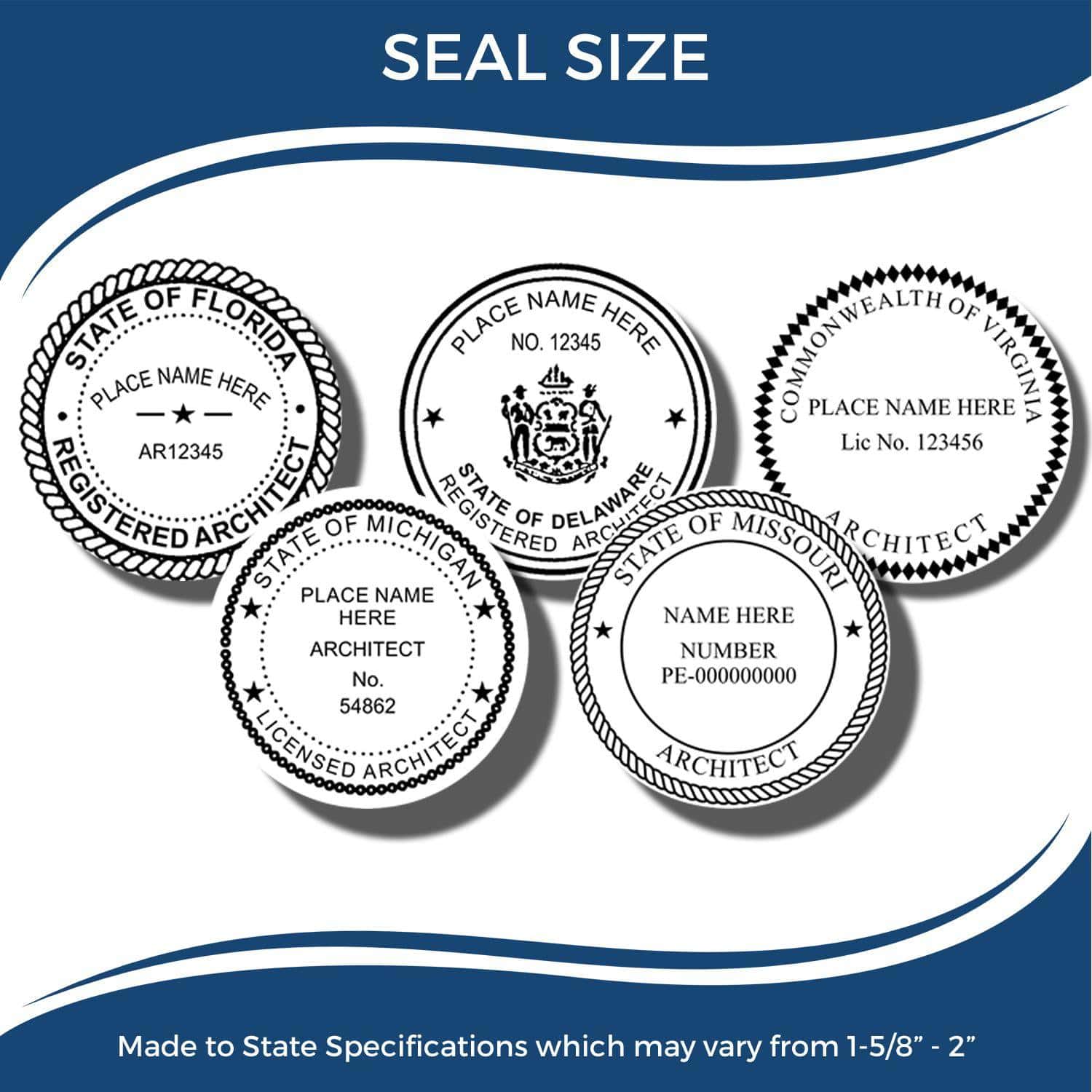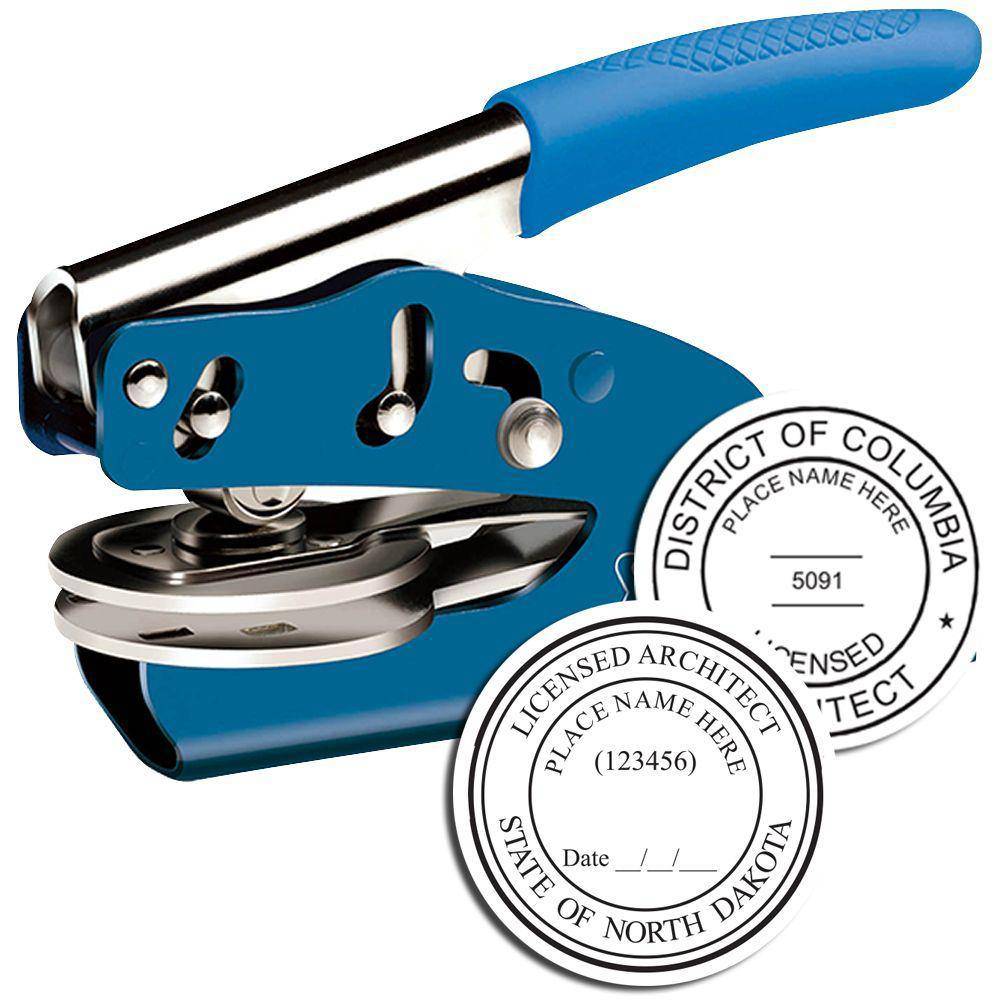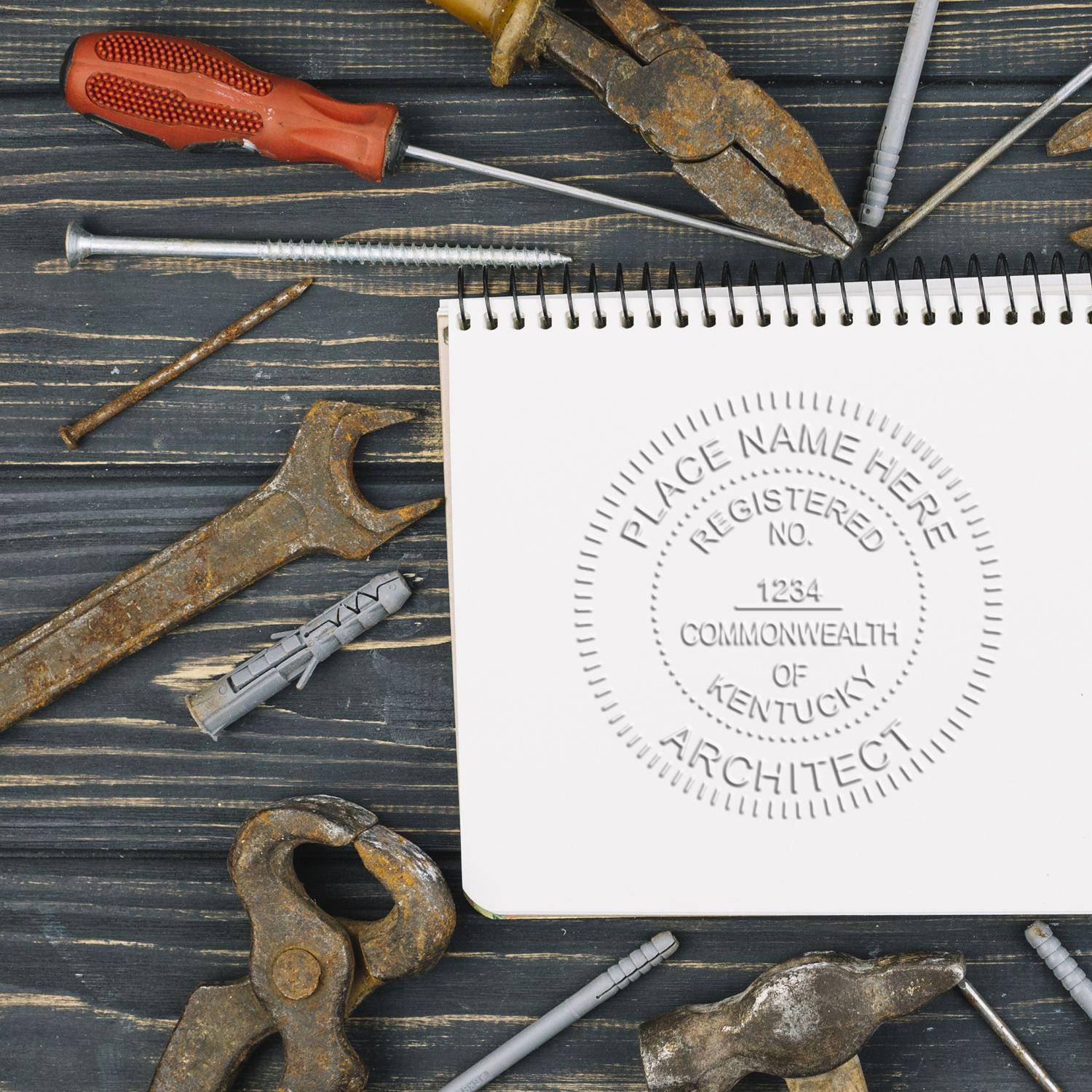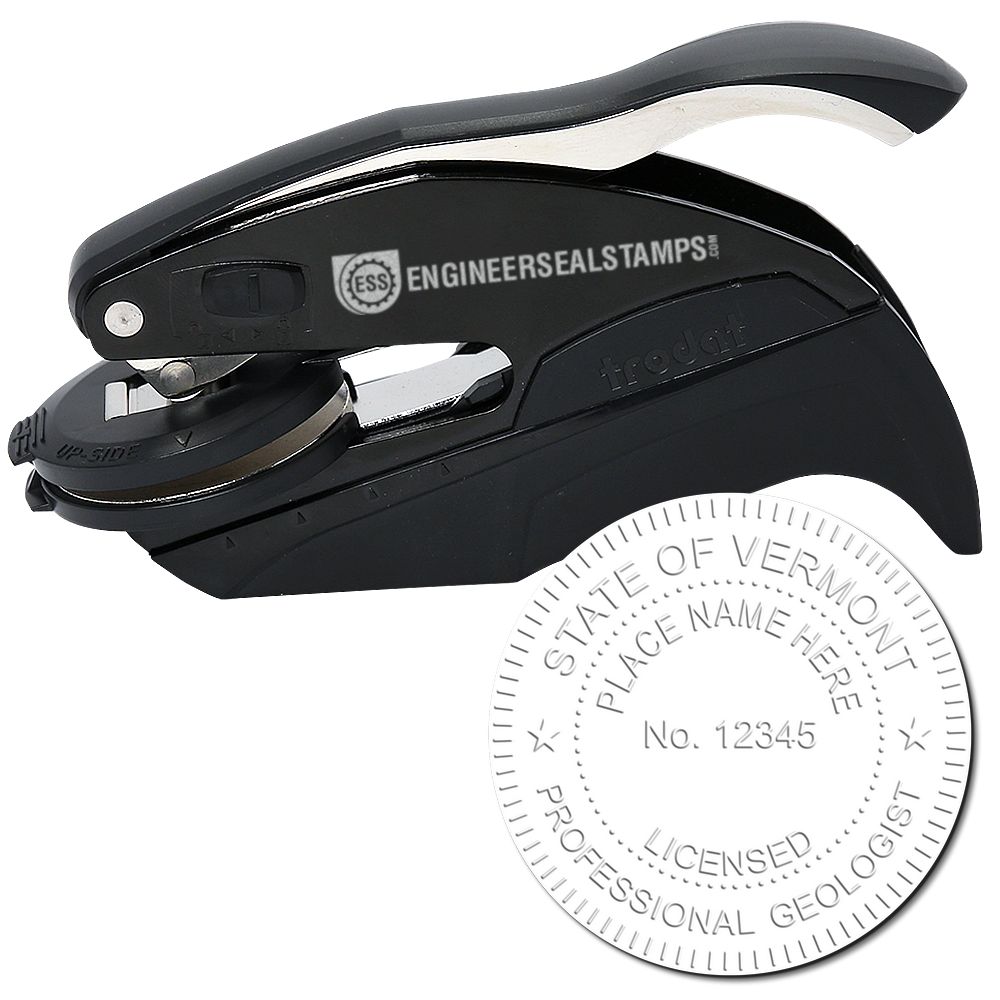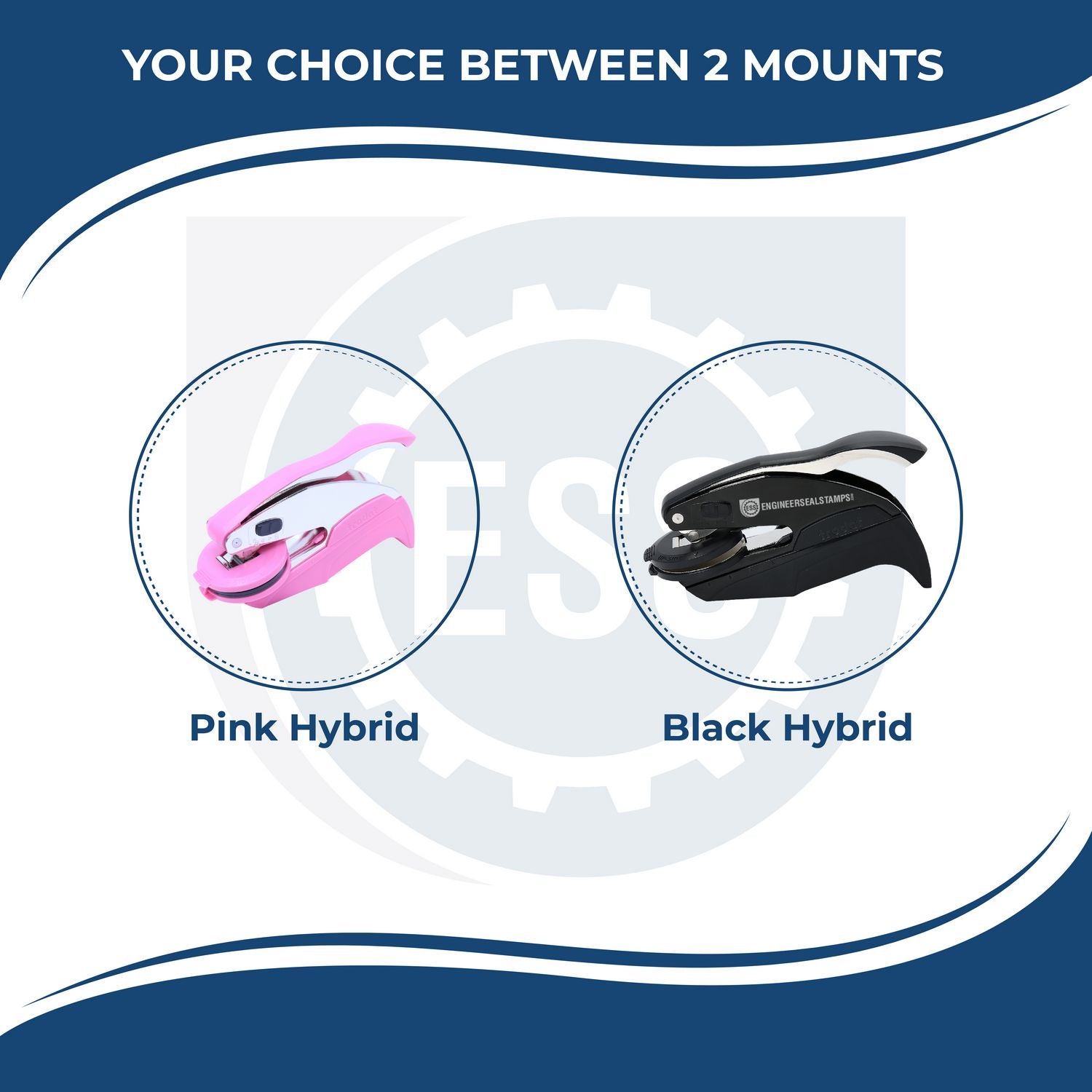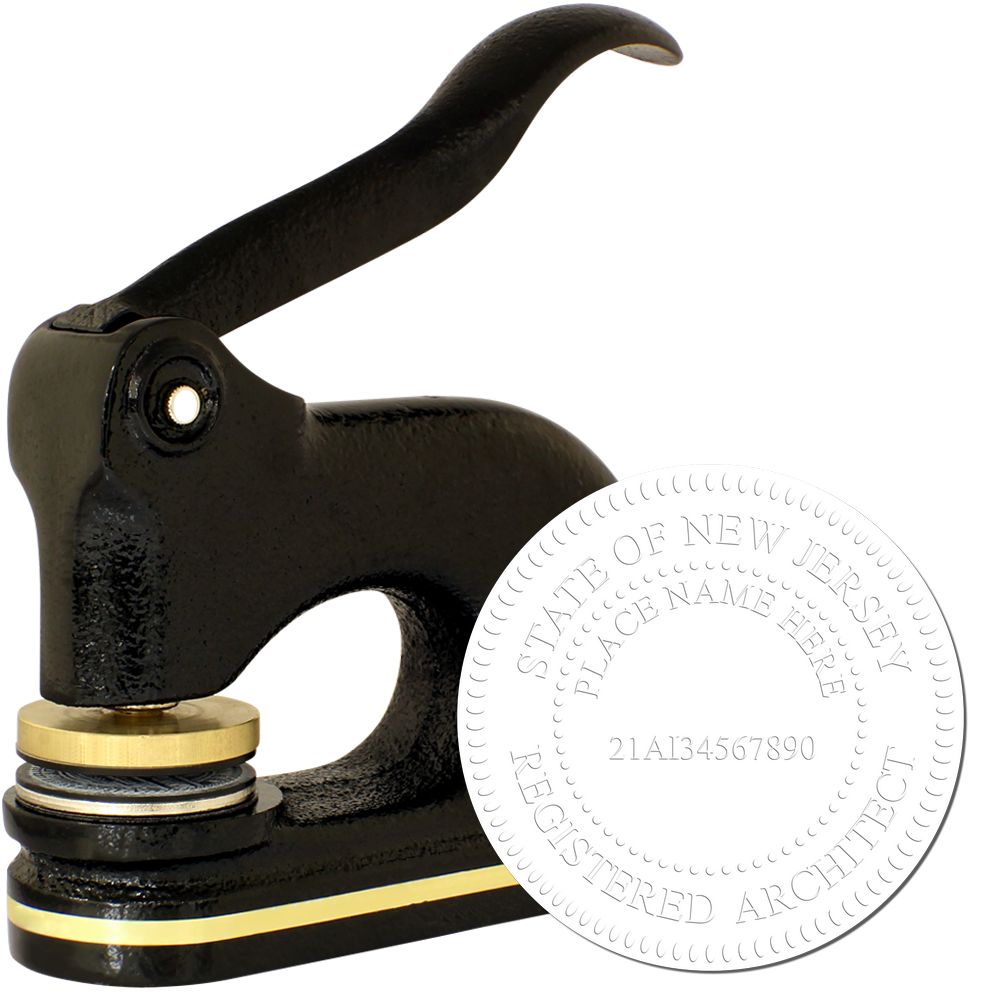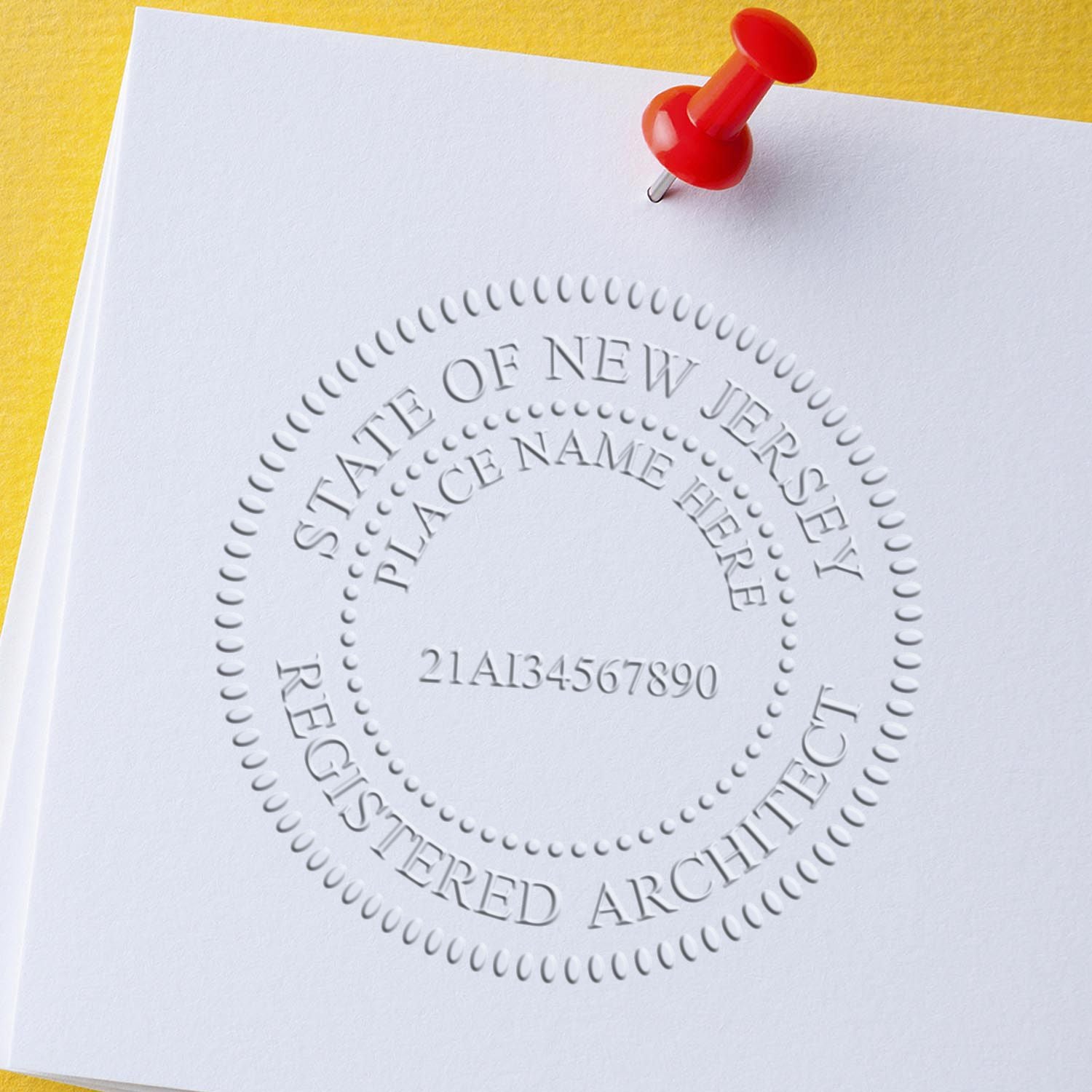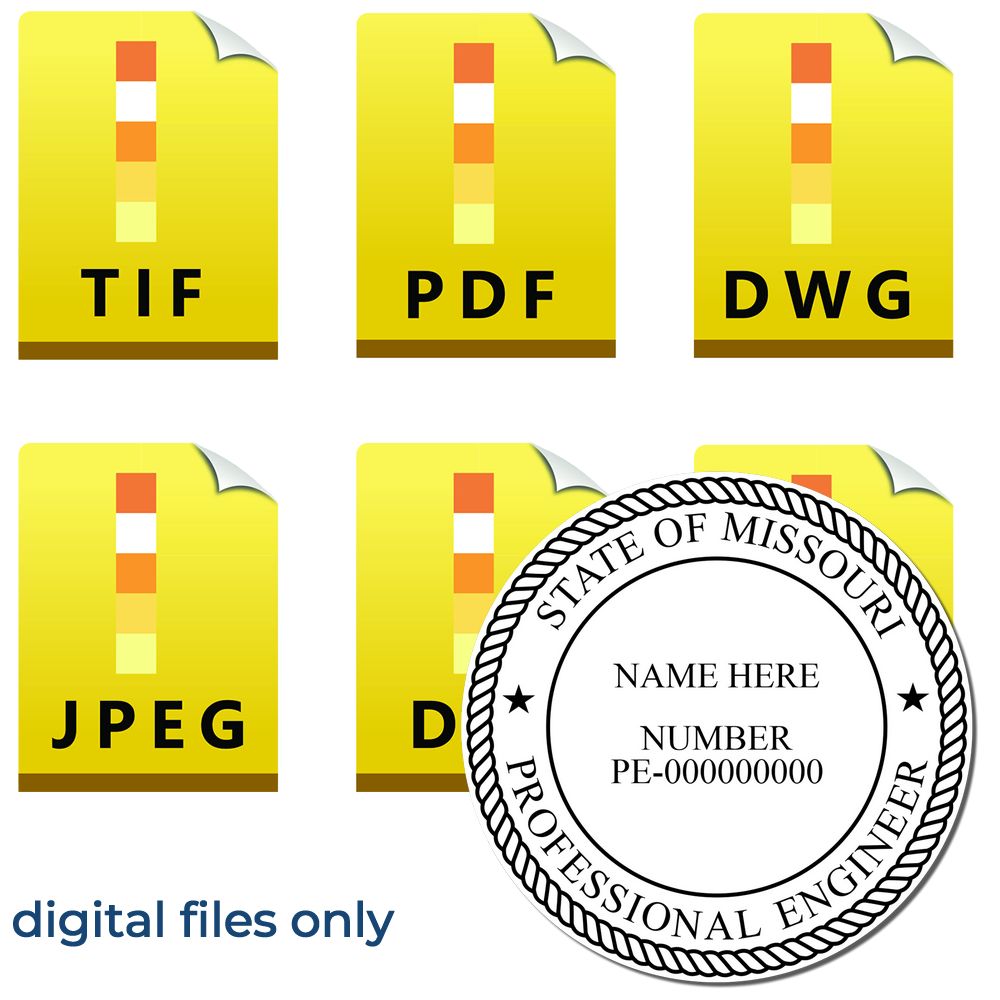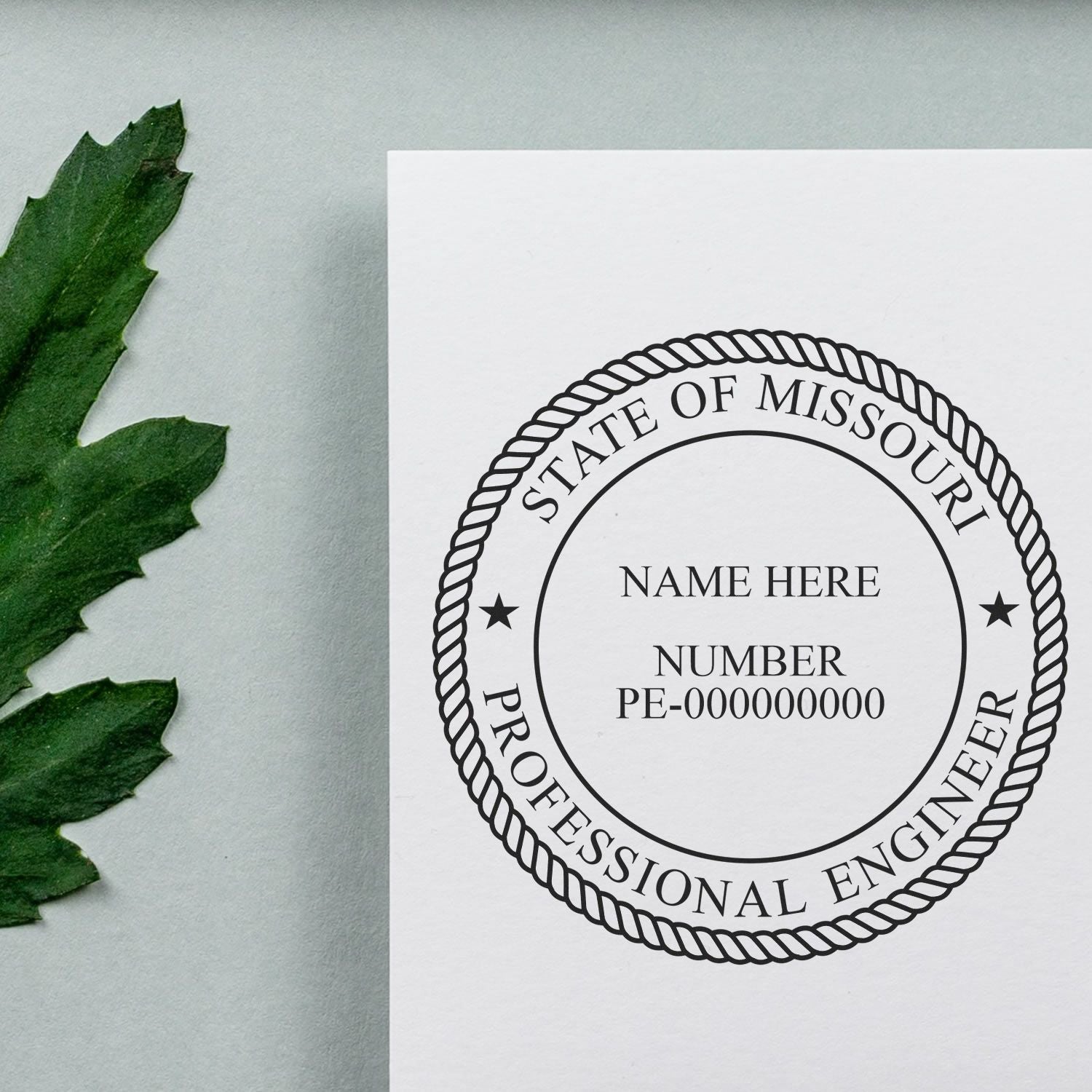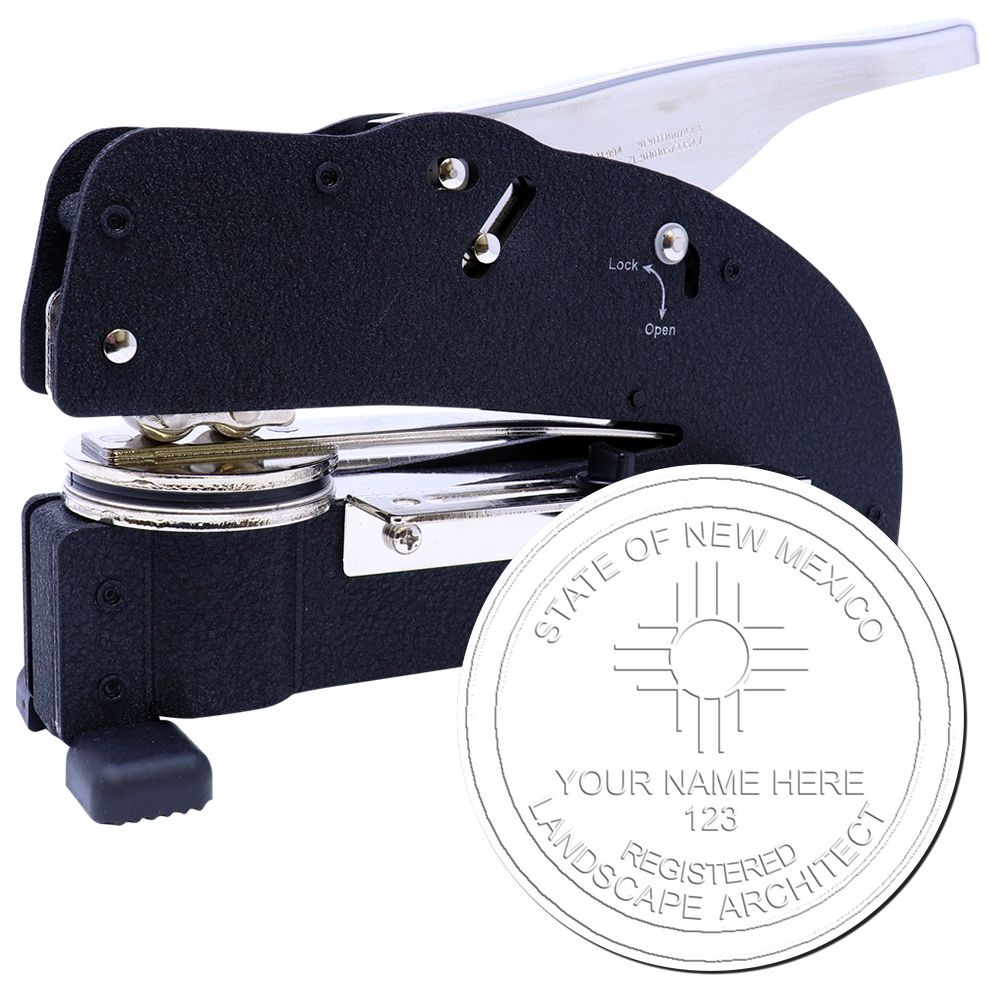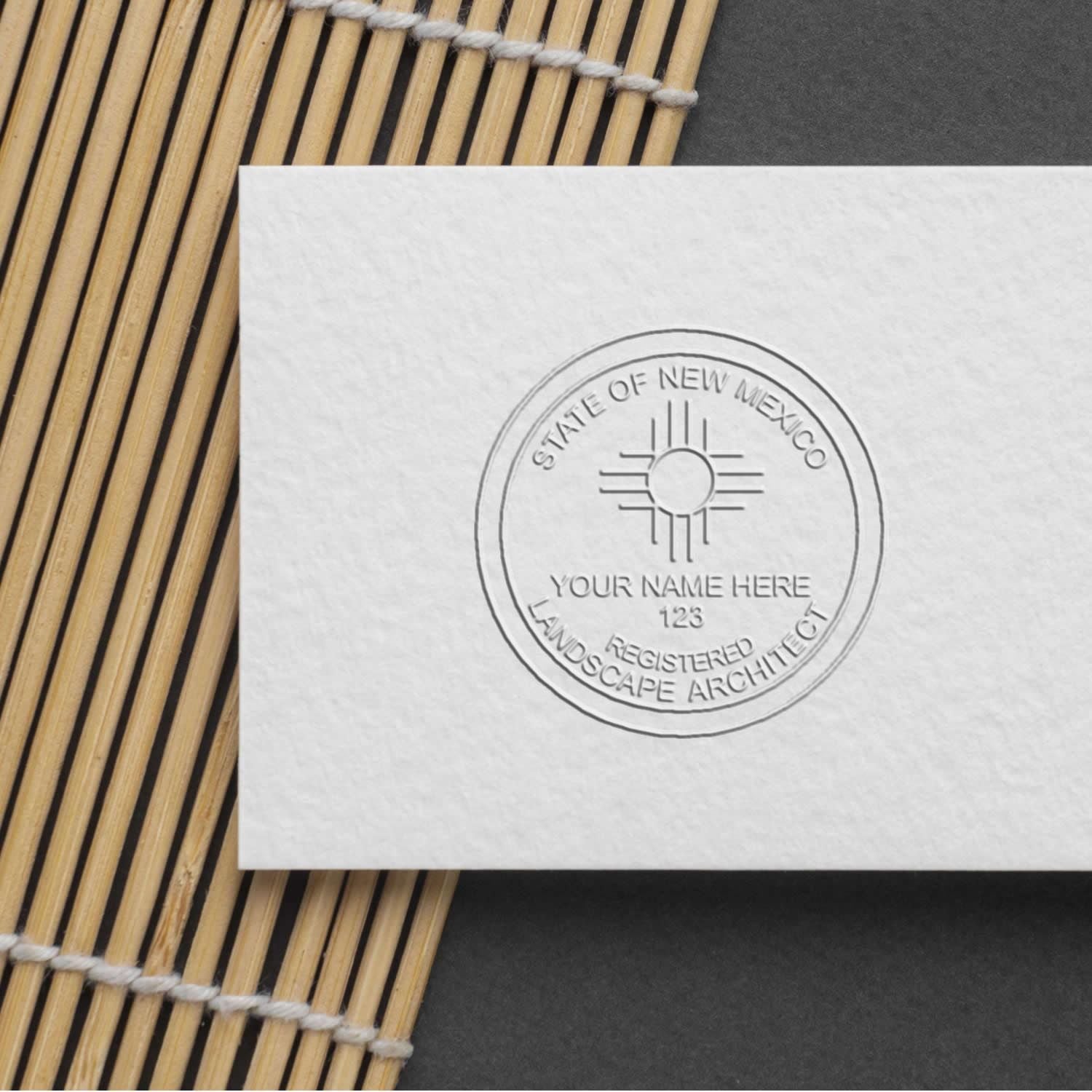Introduction to Landscape Architect Seals
For those seeking a comprehensive understanding of the landscape architect seal requirements, this article provides an in-depth look into what these seals are and why they are essential to the profession.
What is a Landscape Architect Seal?
A Landscape Architect Seal is an official emblem or symbol that a landscape architect uses to approve or authenticate design plans. This seal is custom-made, featuring the architect's name, license number, and the state in which they practice. It serves as a form of identity and authority, indicating that the design meets the required standards and regulations.
These seals can come in various formats, including physical stamps for embossing documents or digital versions for electronic documents. Both the physical and digital versions carry the same significance and are legally binding. For more information on the design of these seals, visit our article on landscape architect stamp design.
Why Do Landscape Architects Need Seals?
In most states, landscape architects are legally obliged to use their seal to certify their work. The seal demonstrates that they are licensed professionals who have met the necessary education, experience, and examination requirements to practice in their state.
The use of a seal is not merely a formality but a demonstration of accountability. When a landscape architect seals a document, he or she is taking legal responsibility for the work. It confirms that the professional has personally checked the work and ensures it complies with relevant codes, standards, and regulations.
Furthermore, having a seal on a design or plan gives clients, contractors, and regulatory bodies confidence in the quality and legality of the work. For more details on the regulations surrounding the use of these seals, check out our article on landscape architect stamp regulations.
In conclusion, understanding the significance of the landscape architect seal is crucial for anyone involved in this field. It's more than just a symbol; it's a testament to the professionalism and accountability of the landscape architect.
Understanding Seal Requirements
Knowing the landscape architect seal requirements is crucial for anyone planning to purchase a landscape architect stamp or seal. These requirements are governed by legal aspects and can vary from state to state.
The Legal Aspects of Landscape Architect Seals
By law, landscape architects are required to use a seal on their project plans and documents. This seal represents the architect's professional license and signifies that the documents have been prepared by or under the supervision of a licensed landscape architect. It's a mark of authenticity and responsibility, demonstrating that the work adheres to the highest professional standards.
The legal implications of using a landscape architect seal are significant. Misuse of the seal, such as stamping a document that the architect did not directly supervise or author, can lead to disciplinary action, including fines and the possible loss of licensure. For a more detailed understanding of the legal aspects, refer to our article on landscape architect stamp regulations.
State Specific Requirements
One important factor to consider when understanding landscape architect seal requirements is that these requirements can vary considerably by state. Each state has its own rules and regulations related to the design, size, and usage of landscape architect seals.
For instance, some states may require the seal to include specific information such as the architect's name, license number, and the state of licensure. The size of the seal can also differ from one state to another. Some states may allow both embossed and inked seals, while others may only permit one type.
To ensure compliance, architects must familiarize themselves with the specific requirements of the state or states they are licensed in. Refer to our article on landscape architect seal guidelines for more information on state-specific requirements.
To illustrate the variation in state requirements, consider the following examples:
| State | Seal Diameter (inches) | Additional Requirements |
|---|---|---|
| California | 2 | Must include license number |
| Texas | 1.5 - 2 | Must include license number |
| New York | 1.75 | Must include license number and expiration date |
A thorough understanding of these requirements is crucial for all landscape architects to ensure that their seals comply with local regulations and uphold professional standards.
Important Seal Features
Understanding the key features of a landscape architect seal is crucial in ensuring compliance with landscape architect seal requirements. These features include the size and layout of the seal, as well as the information contained on the seal.
Size and Layout Requirements
The size of a landscape architect seal is typically regulated by state-specific requirements. While the size can vary, most states require the seal to be between 1.5 and 2 inches in diameter. It's essential for the seal to be clearly legible, and the layout should be designed in a way that ensures all information is easily distinguishable.
Here's an example of common size requirements:
| State | Diameter |
|---|---|
| State A | 1.5 inches |
| State B | 1.75 inches |
| State C | 2 inches |
For a more comprehensive look at size requirements by state, visit our detailed guide on landscape architect seal size.
The layout of the seal typically includes a border, the architect's name, license number, and the state of licensure. The specific arrangement of these elements can vary based on state regulations, so it's important to familiarize oneself with the specific landscape architect seal guidelines for your state.
Information Contained on the Seal
A landscape architect seal must contain specific information to be considered valid. This typically includes the following:
- The full name of the landscape architect
- The license or registration number
- The name of the state
- The words "Licensed Landscape Architect" or equivalent based on state regulations
Here's an example of the typical information layout:
| Information | Description |
|---|---|
| Full Name | John Doe |
| License Number | LA-12345 |
| State | State A |
| Professional Status | Licensed Landscape Architect |
It's important to note that the information must be accurate and up-to-date to ensure the seal's validity. Any changes in licensure status, such as renewals or transfers, must be reflected on the seal.
Understanding the size, layout, and information requirements is a critical step towards obtaining a valid landscape architect seal. Always ensure you are updated with the latest landscape architect stamp regulations to avoid any legal complications.
Process of Obtaining a Seal
Understanding the process of obtaining a landscape architect seal is crucial for professionals in this field. The process involves several steps, all of which are subject to landscape architect seal requirements. This section will outline the steps to get your seal and the verification and approval process involved.
Steps to Get Your Seal
The first step in obtaining your landscape architect seal is to fully understand the requirements set by your specific state's regulatory board. This includes becoming familiar with the legal aspects as well as the design and size requirements for the seal. Our article on landscape architect seal guidelines provides detailed insights into these requirements.
Once you've gathered the necessary information, the next step is to create or purchase a seal that meets these requirements. It's important to ensure that the seal includes all the necessary information, such as your name, license number, and the state in which you are licensed.
Table 1. Information to Include on a Landscape Architect Seal
| Information | Description |
|---|---|
| Name | Your full legal name as registered with the licensing board. |
| License Number | Your unique license number issued by the state licensing board. |
| State | The state in which you are licensed to practice as a landscape architect. |
The final step is to submit your seal for approval by the relevant authorities. This may involve submitting a physical or digital copy of the seal, depending on the specific requirements of your state.
Verification and Approval Process
The verification and approval process for a landscape architect seal can vary greatly from state to state. Generally, this process involves a review by the state licensing board to ensure that your seal complies with all landscape architect seal requirements.
This usually involves checking that the seal includes all necessary information and that this information is accurate and legible. Additionally, the licensing board may also verify that the size and layout of the seal align with state regulations. For more information on this topic, check out our article on landscape architect seal size.
Once your seal has been approved, you are legally authorized to use it on all professional documents that require a landscape architect seal. It's crucial to remember that misuse of a landscape architect seal can have serious legal consequences, so it's important to always use your seal responsibly.
By understanding the process of obtaining a landscape architect seal, you can ensure that you are fully prepared to meet all the necessary requirements and guidelines. This will not only help you navigate the approval process smoothly but also ensure that you are using your seal correctly and responsibly in your professional practice.
Proper Usage of Landscape Architect Seals
Understanding the correct usage of landscape architect seals is crucial for those in the profession. This encompasses knowledge about when and where the seal should be used, along with the potential consequences of misusing it.
When and Where to Use Your Seal
A landscape architect seal is typically used on official documents like drawings, designs, and reports to certify that they have been created by a licensed landscape architect. The seal authenticates the professional's work and is an affirmation of the standards adhered to in the project.
The seal is generally required on all professional submissions, including construction documents, site plans, and permit applications. It's also used on documents submitted to government agencies, regulatory bodies, and clients. However, the specifics of when and where to use the seal can vary based on regional or state-specific laws. For a comprehensive understanding of the guidelines, refer to our article on landscape architect seal guidelines.
The Consequences of Misusing a Seal
Misuse of a landscape architect seal can lead to serious consequences. These could range from professional penalties, such as loss of license, to legal repercussions like fines or even imprisonment. Misuse can include activities like:
- Sealing documents that the professional did not directly supervise or personally prepare
- Allowing others to use the seal
- Using the seal after the license has expired
| Misuse Action | Possible Consequence |
|---|---|
| Sealing unsupervised documents | License Suspension |
| Allowing seal use by others | License Revocation |
| Using seal post license expiry | Legal Fines |
It's vital for landscape architects to adhere strictly to the landscape architect seal requirements to avoid these consequences. Misuse not only impacts the individual but can also undermine the integrity of the profession as a whole.
For more detailed information on how to properly use a landscape architect seal, refer to our article on landscape architect stamp regulations.
About ESS
At Engineer Seal Stamps or ESS, we take pride in being the leading manufacturers of custom rubber stamps, professional seals, and notary stamps in the industry. Our dedication to delivering stellar customer service is evident in our state board guarantee on all our top-quality products.
With years of experience in the industry, we have perfected the art of crafting high-quality seals and stamps that meet the needs of engineers, architects, surveyors, and other professionals. Whether you are looking for traditional embossing seals or modern self-inking stamps, we have you covered.
Our commitment to quality is reflected in every aspect of our business, from the materials we use to the state-of-the-art machines we employ in the manufacturing process. We understand the importance of precision and accuracy in your work, which is why we go the extra mile to ensure that all our products are of the highest quality. At ESS, we believe that our success is measured by the satisfaction of our customers and the trust they place in our products. That's why we always strive to provide excellent customer service, from answering queries to providing expert advice on the best products to suit your needs.
In summary, ESS is more than just a manufacturer of custom rubber stamps, professional seals, and notary stamps. We are a team of dedicated professionals committed to providing our customers with the highest quality products, along with exceptional customer service that exceeds their expectations.

